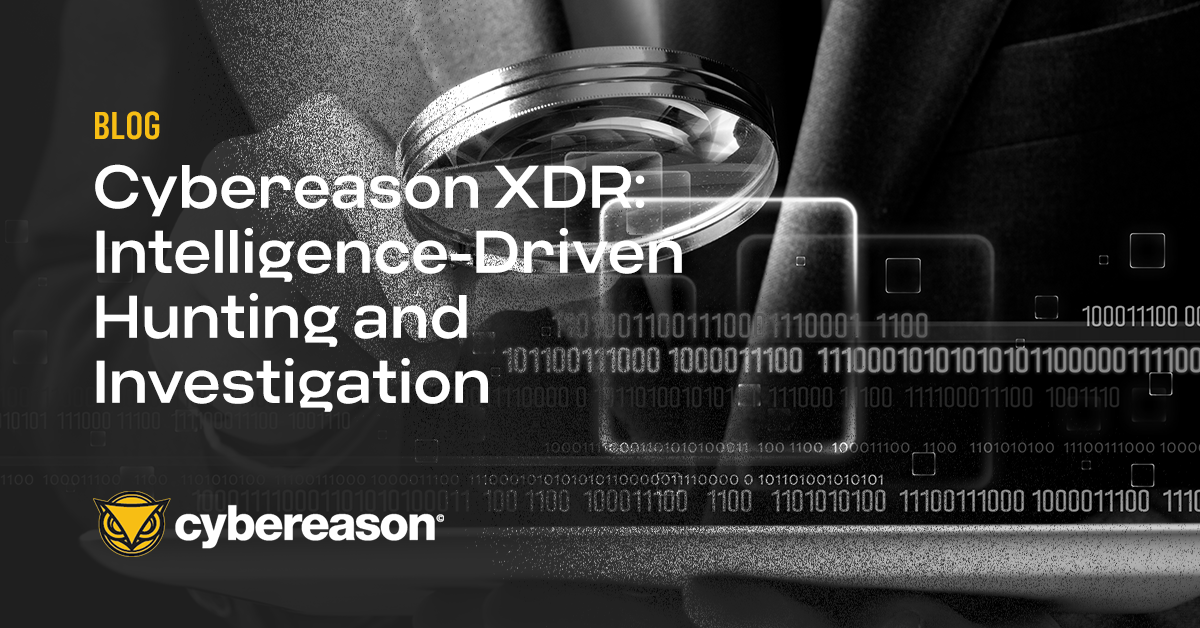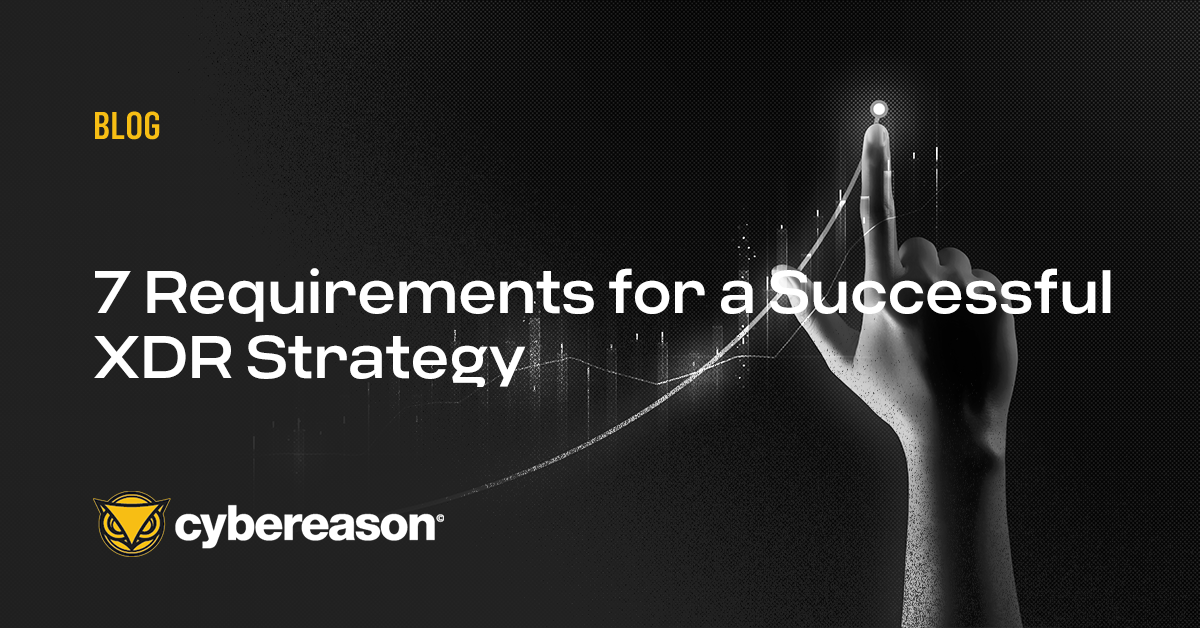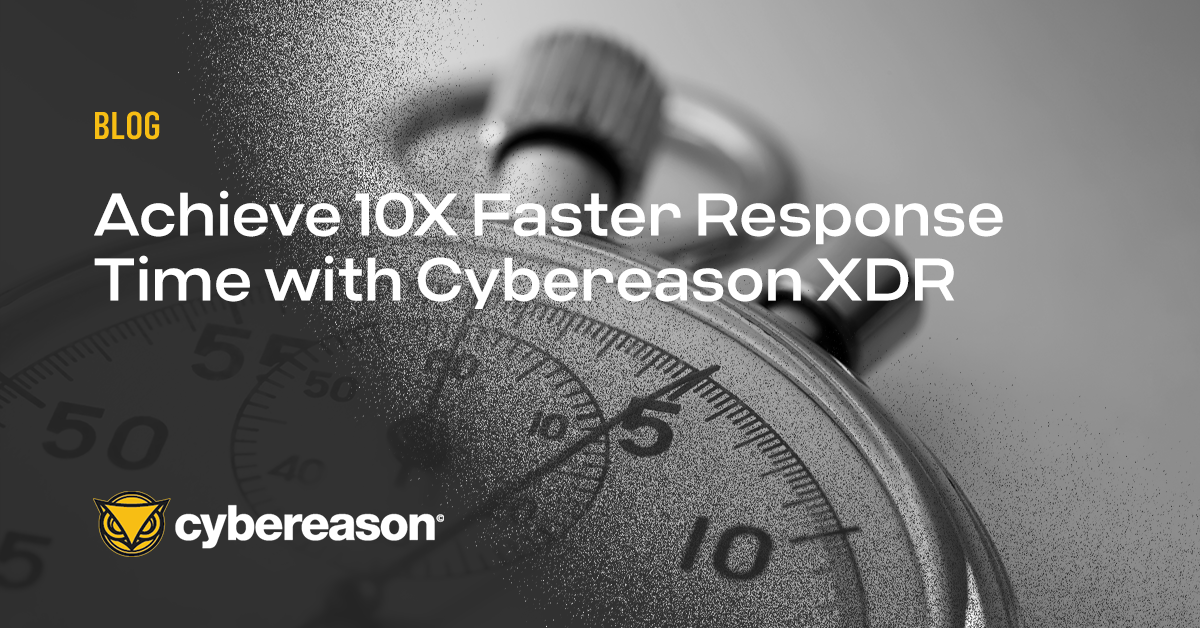
Cybereason XDR: Intelligence-Driven Hunting and Investigation
Threat intelligence is transparently integrated into every aspect of the AI-driven Cybereason XDR Platform to enable Threat Hunting for behavioral TTPs...

Dan Verton
Definitions of Extended Detection and Response (XDR) are as diverse as the modern attack surface, creating uncertainty in the minds of security practitioners who have been given the task of upgrading their Security Operations Center’s ability to protect the complete organization from cyber threats.
The most common definition of XDR is that it is a natural extension of Endpoint Detection and Response (EDR). This is where many SOC teams find themselves today, looking to get more out of an EDR solution or a Managed Detection and Response (MDR) offering. This is where the XDR journey begins for most organizations as they seek a solution that can effectively protect an ever-expanding attack surface beyond the endpoint.
Going beyond the endpoint with XDR broadens detection and response capabilities to include workspace technologies (such as Office 365 and Google Workspace), identity, cloud environments, and even IoT/OT devices across the business network. This provides better insight into the organization’s security status as a whole.
While the specific components of an XDR strategy will vary depending on the organization's needs, several essential requirements must be met for any XDR strategy to be effective.
So, if you’re a security practitioner wondering where to start your XDR journey, here’s a look at the fundamental building blocks of a successful XDR strategy.
To effectively detect and respond to incidents, an XDR strategy must have visibility into all relevant systems and networks. This includes both on-premises and cloud-based systems, as well as endpoints, servers, and network traffic. Your XDR platform must be capable of providing a unified investigation and response experience that correlates telemetry across remote endpoints, mobile devices, cloud platforms, and applications to predict, prevent and end malicious operations.
Comprehensive visibility means visibility across endpoints, workspace and identity, cloud, and network.
XDR requires the ability to ingest and automate a wide array of threat intelligence. Too often, threat intelligence is only matched against newly ingested data, creating coverage gaps and missed threats. An XDR partner should be able to help you determine if the latest emerging threats are relevant to your organization through a layered defense of proactive hunting, intelligence threat reports, and support for custom detections and intelligence.
An XDR solution must provide comprehensive monitoring across the entire attack surface to identify patterns and detect potential threats on a broader scale—connecting the dots between seemingly disparate or innocuous events to recognize malicious behaviors and take action to prevent or stop threats.
Solutions that are highly effective against today’s threats—especially high-impact threats like ransomware—must be able to reduce the risk of malicious activity immediately without waiting for additional processing time or human analyst intervention. Advanced solutions add predictive analytics to enable defenders to anticipate an attacker’s next steps and proactively mitigate risk.
An XDR solution should demonstrate the ability to move your security operations from an alert-centric security model to an operation-centric model, leveraging high-fidelity alerts with a focused deconstruction of the overall malicious operation. It should be capable of stitching together the separate components of an attack, including all users, devices, identities, and network connections, into a comprehensive, contextualized attack story.
An effective XDR solution should provide a multi-layer response framework, ranging from automatic prevention of threats like ransomware to guided response on what to do for each part of a detected malicious operation. This includes directly taking response actions across endpoints, identities, and networks.
Analysts should be able to take remote remediation actions, including machine isolation, killing processes, and opening remote shells, all from within a point-and-click interface—stopping attackers in their tracks.
When evaluating an XDR solution, security practitioners should look for integrations across endpoint, workspace, identity, cloud, and network that match what the business has in play today or is considering for tomorrow.
An XDR solution should leverage Indicators of Compromise (IOCs) and Indicators of Behavior (IOBs) to detect threats as early as possible. This allows organizations to detect never-before-seen attacks. An XDR platform that leverages intelligence-based threat blocking and NGAV-based behavioral and machine-learning techniques can prevent and detect both known and unknown threats. This means you have future-ready protection no matter how these attacks evolve.
Contact a Defender to learn more about how Cybereason XDR meets all of these requirements and more, or schedule a demo.

Dan Verton is Director of Content Marketing at Cybereason. Dan has 30 years of experience as a former intelligence officer and journalist. He is the 2003 first-place recipient of the Jesse H. Neal National Business Journalism Award for Best News Reporting – the nation’s highest award for tech trade journalism and is the author of the groundbreaking work, Black Ice: The Invisible Threat of Cyber-Terrorism (McGraw-Hill, 2003). He most recently served as an intelligence advisor and co-author of a nationwide TSA anti-terrorism awareness training program.
All Posts by Dan Verton
Threat intelligence is transparently integrated into every aspect of the AI-driven Cybereason XDR Platform to enable Threat Hunting for behavioral TTPs...

Cybereason XDR delivers an operation-centric approach to security that enables analysts of all skill levels to quickly understand an attack without crafting complicated queries...

Threat intelligence is transparently integrated into every aspect of the AI-driven Cybereason XDR Platform to enable Threat Hunting for behavioral TTPs...

Cybereason XDR delivers an operation-centric approach to security that enables analysts of all skill levels to quickly understand an attack without crafting complicated queries...
Get the latest research, expert insights, and security industry news.
Subscribe